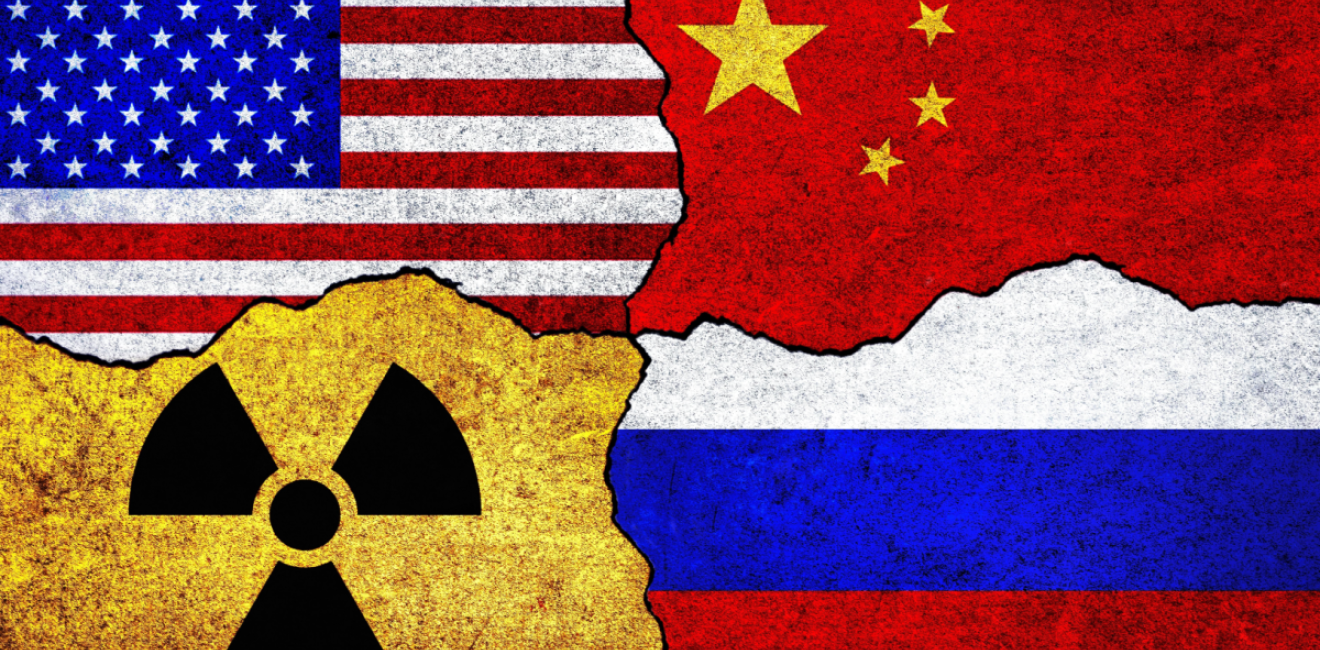US Faces Projected 3,000 Combined Nuclear Warheads from Russia and China by 2034

The United States is confronting a new era of nuclear competition, facing two peer rivals rather than one, a significant shift from the Cold War dynamic. This intensifying nuclear race involves Russia and China, prompting concerns about global stability and the future of arms control. The Wall Street Journal highlighted this development, stating, > "The new nuclear race is here. But unlike during the Cold War, the U.S. must prepare for two peer rivals rather than one."
A critical factor in this evolving landscape is the impending expiration of the New START Treaty in February 2026, the last major arms control agreement between the U.S. and Russia. Its potential non-renewal threatens to remove numerical constraints on strategic nuclear warheads, further accelerating the arms race. Russia's 2023 withdrawal from CTBT ratification further signals a departure from non-proliferation norms.
China, historically possessing a smaller nuclear force, is rapidly expanding its arsenal and is projected to achieve rough parity with the U.S. in deployed nuclear warheads by the mid-2030s. By 2034, American estimates project China and Russia combined could field over 3,000 strategic nuclear warheads, potentially outnumbering the U.S.'s projected 1,500. Beijing has shown little interest in arms control negotiations, prioritizing its buildup to deter potential adversaries.
Concurrently, Russia continues to modernize its nuclear capabilities, developing new-generation systems and engaging in nuclear saber-rattling. Recent developments include the October 2025 testing of a nuclear-powered cruise missile, the Burevestnik, and an underwater drone, the Poseidon. Russian President Vladimir Putin has also reportedly instructed his Defense Ministry to explore resuming nuclear testing, adding to global anxieties.
The U.S. faces criticism for its slow reaction, as its nuclear modernization programs were initially designed under assumptions of continued arms reductions with Russia. Matthew Kroenig, director of the Atlantic Council’s Scowcroft Center, noted, "We're entering the third nuclear age that is going to look a lot more like Cold War than the 1990s and the 2000s." This shift necessitates a re-evaluation of U.S. nuclear posture and capabilities to address the complex dual-peer challenge.
The discussion around nuclear testing has also intensified, with former President Trump calling for the U.S. to resume testing "on an equal basis" with Russia and China in October 2025. While the U.S. has not conducted explosive nuclear tests since 1992, concerns persist regarding Russia and China potentially conducting supercritical tests. Experts like Vipin Narang from MIT warn the U.S. is "unprepared" for scenarios involving simultaneous conflicts, underscoring profound implications for global deterrence.